Another Sunday, and it was time again to ride through the windy and serpentine roads in the mountains to understand Tathagata and His eternal Teachings. I was headed to the Dechen Cheokhor Monastery in Kullu district. Dechen Choekhor Mahavihara Monastery is one of the famous monasteries in India full of divine vibes, and once you enter the monastery, you will get the serene feel. The architecture of this monastery is the most discussed topic. It reflects an Indo-Tibetan art conglomeration. The monastery has become a perfect example of mixed culture in Kullu. The beautiful artwork and master craftsmanship on the monastery will leave you spellbound. A monastery is a sacred place for Buddhists.
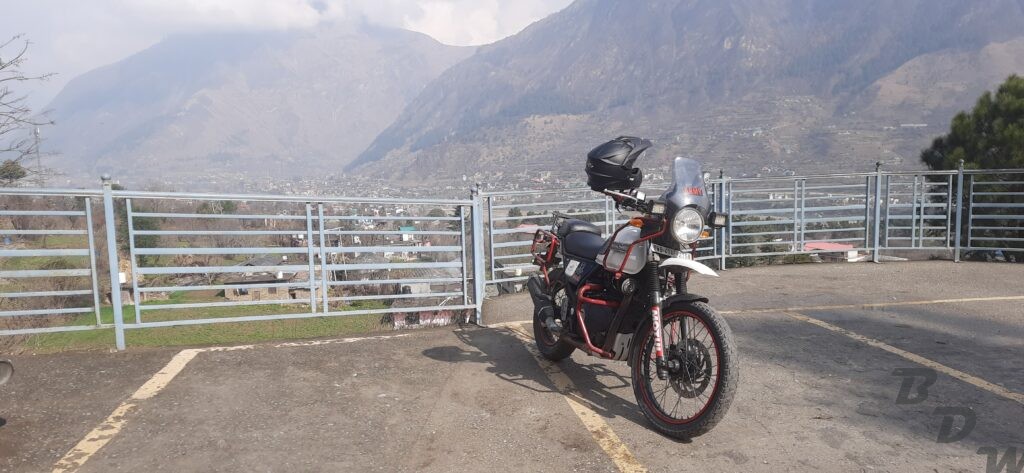
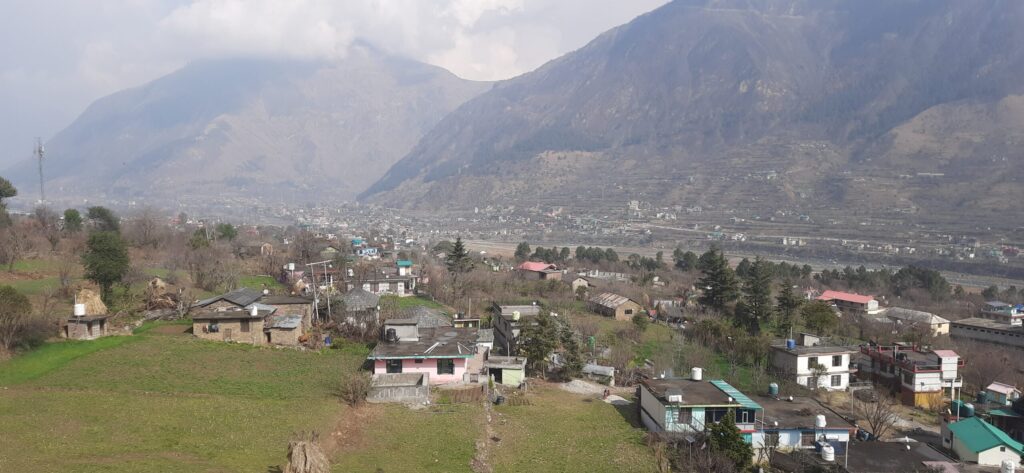
The temple is the most peaceful place where you can indulge yourself in the ambient environment. The statue of Buddha is of greater importance here. You will come across the monks who perform daily rituals here. The trip will take a half day. The breathtaking view of Beas Valley, the spectacular colors of the monastery, and the sneak peek of Bijli’s temple make this place a must go or the tourists. Dechen Choekhor Mahavihara Monastery is one of the most famous tourist places in Kullu. It is highly maintained and can be considered as one of the architecture marvels on such a challenging terrain.
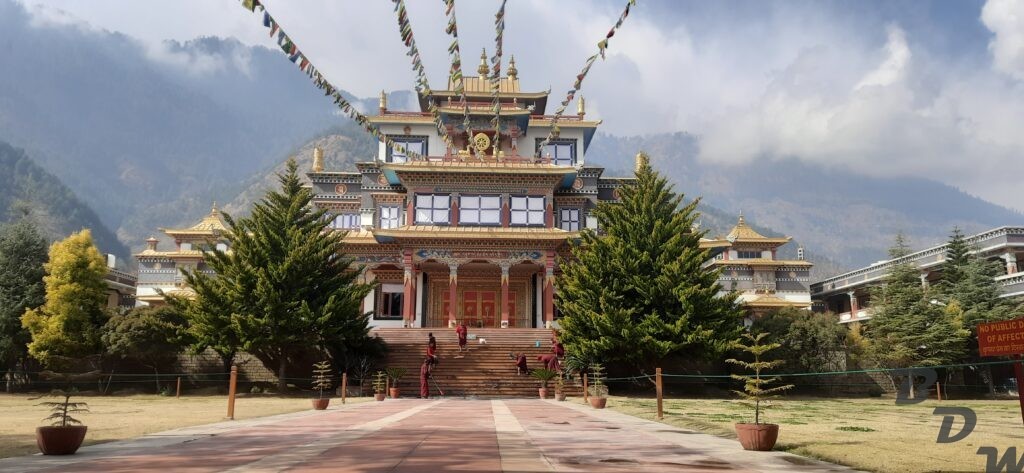
Dechen Choekhor Mahavihara is a faith-based, non-profit organization dedicated to propagating the authentic living tradition and essence of Tibetan Buddhism to benefit all sentient beings. The missions and visions of Dechen Choekhor Mahavihara are to:
- Preserve and promote the Tibetan cultures and traditions, particularly the sublime Vajrayana teachings of Lord Buddha through the unbroken lineage of Drukpa Kargyu.
- Promote a peace-loving, harmonious and caring society by applying the Buddhist principles; and encourage naturalistic understanding, positive social engagement, and ongoing mental development.
- Foster a consistent and accurate understanding of Tibetan Buddhist teachings and practices.
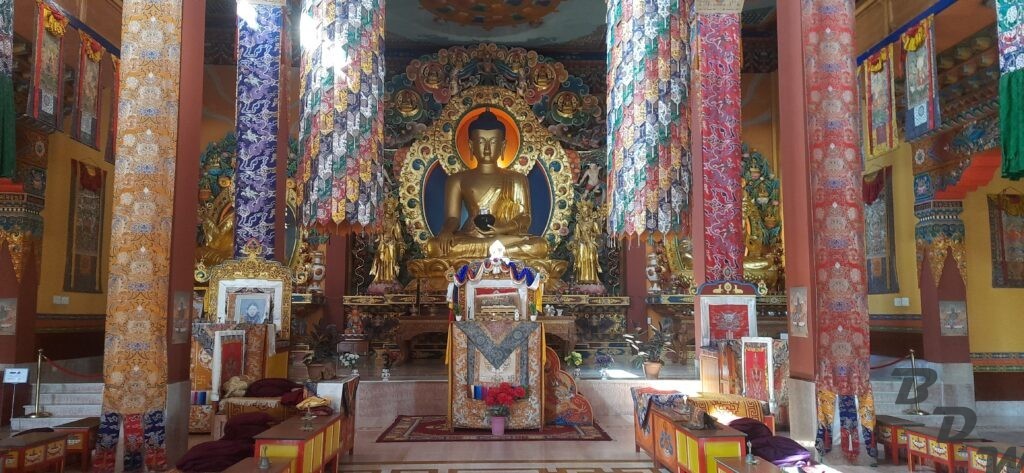
In ancient Tibet, the sacred Land of Snows, Druk Dechen Choekhor Ling, is the historical mother-monastery of great importance to Drukpa Kargyu Lineage and the seat of both Drukpa Choegon Rinpoche – an emanation of Vajrapani, and Drukpa Yongzin Rinpoche – an emanation of Manjushri for centuries. These two great masters are traditionally known as the “Chokzig Namnyi,” meaning “the two who possess the supreme view.” ‘De’ means bliss, ‘Chen’ means great; ‘Choe’ means Dharma, ‘Khor’ means abode – “The Dharma Abode of Great Bliss” is what it denotes. Dechen Choekhor being the foremost seat of the Drukpa Kargyu Lineage in Tibet, was the cultural focal point for more than 300 monasteries that branched out from it in the 16th century, including the Khampagar of Khamtrul Rinpoche in Eastern Tibet; the Hemis Monastery, Chemey Monastery and Korzog Monastery in Ladakh; the Dorzong Monastery in Tibet, etc. Tsechu Monastery of Trulshik Adeu Rinpoche in Nangchen, Qinghai, is a direct branch monastery of Khampagar.

Since its inception in the early 16th century, Dechen Choekhor, particularly the Lineage of Drukpa Choegon Rinpoches, has held the Lineage intact, pure and unbroken through great resoluteness and dedication. Their perseverance and diligence in practices and preservation have successfully upheld the lineage’s essence and purity for close to 500 years. Until today, Dechen Choekhor remains the main and primary source for lineage teachings and practices of the Drukpa Kargyu.
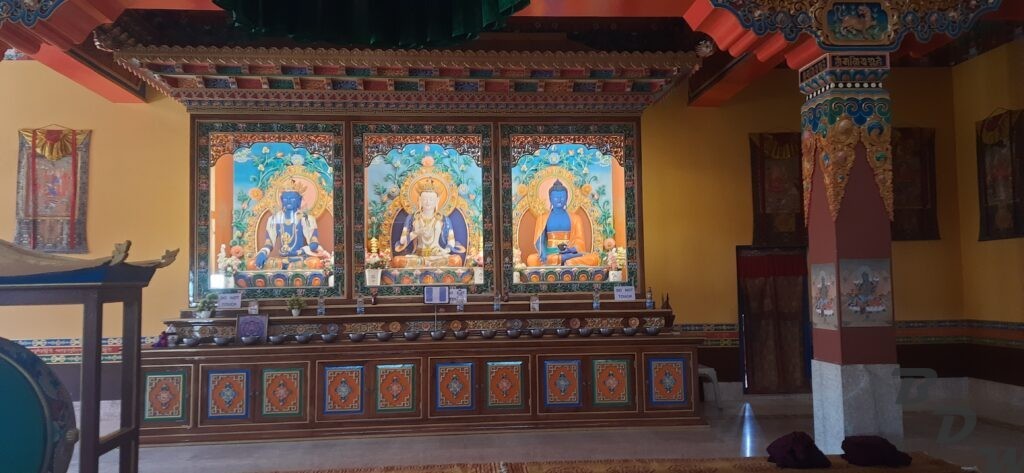
In the 16th century, when Dechen Choekhor was initially founded, it was comparable to the great Buddhist universities of India and the great schools of theology and classical learning in medieval Europe. Many students came from far and wide across the Himalayan regions to study at Dechen Choekhor because it was well known for its training of Lineage-Holding Rinpoches, tulkus, and monks. Unfortunately, most of its structures and buildings were destroyed in the 1960s, thus rendering it functionless in offering large-scale teachings. Today, as the survival of the authentic Tibetan culture and religion grows ever more uncertain, the reestablishment of Dechen Choekhor Monastery is of dire importance.
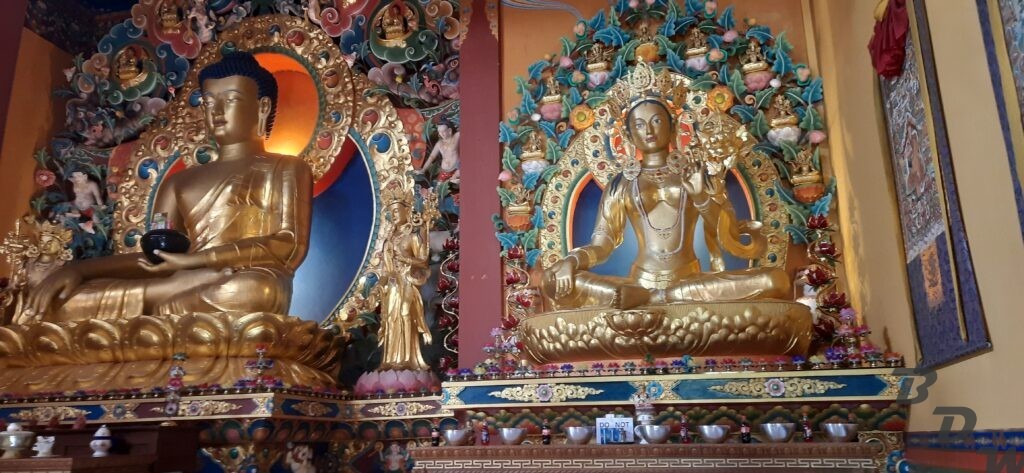
Although there are over hundreds of Dechen Choekhor’s branch-out monasteries in the Himalayan region, there are still many monks and nuns who wish to be trained under the pure tradition of Dechen Choekhor but have no main monastery in which to do so. They have raised numerous requests to both the previous and present Choegon Rinpoche to rebuild his principal monastery so that future generations would be able to receive the Drukpa Kargyu training directly from its mother monastery.

The teachers of the present Choegon Rinpoche: H.H. Dilgo Khyentse Rinpoche, the 8th Kyabje Khamtrul Rinpoche, and the 8th Kyabje Adeu Rinpoche, strongly encouraged the reestablishment of this mother-monastery of Drukpa Kargyu in Kullu, India. Kullu valley of Himachal Pradesh is considered one of the 24 holy places of Chakrasamvara and was visited and blessed by Guru Padmasambhava and many other great Mahasiddhas.
With the holy chanting of Om mane Peme Hung resonating through my soul, it was time to return, but not before a functional lunch in a local dhaba in Kullu.





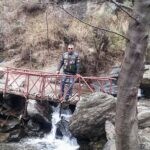

No Comment! Be the first one.